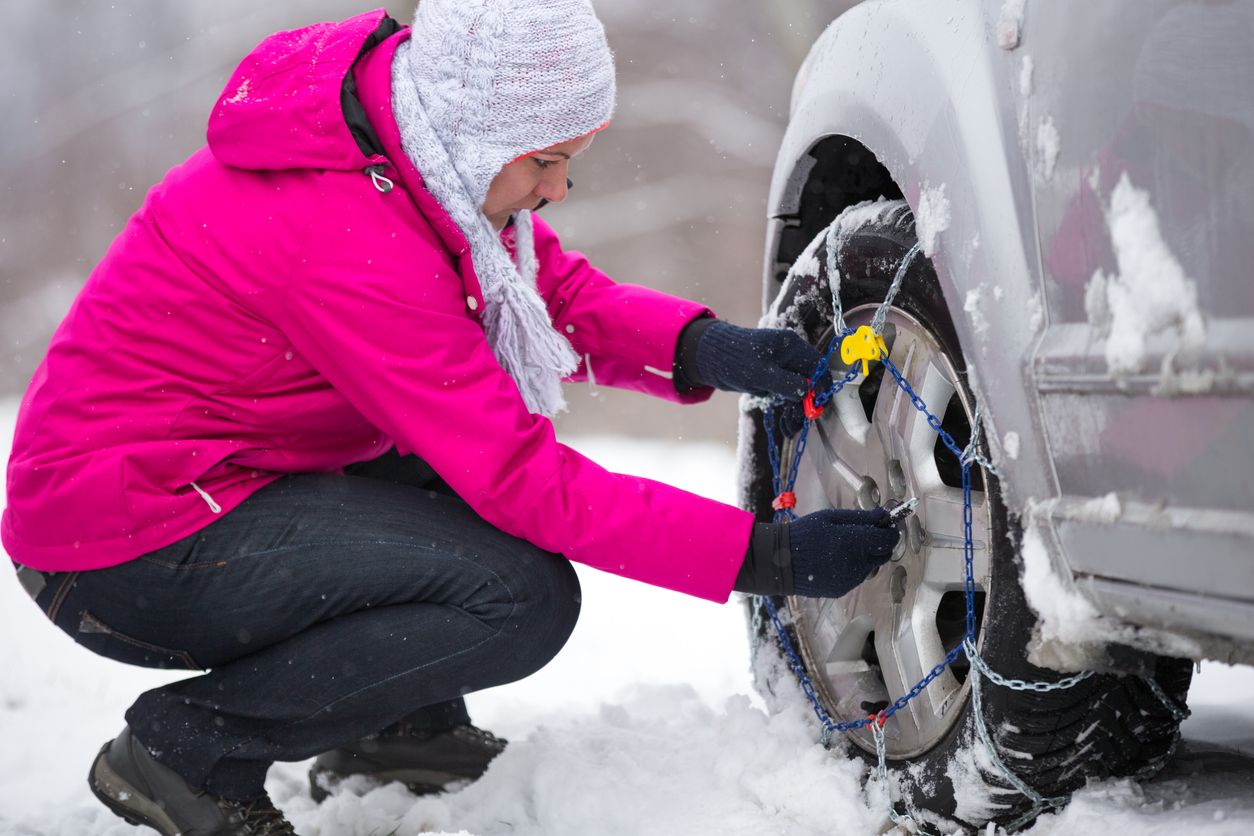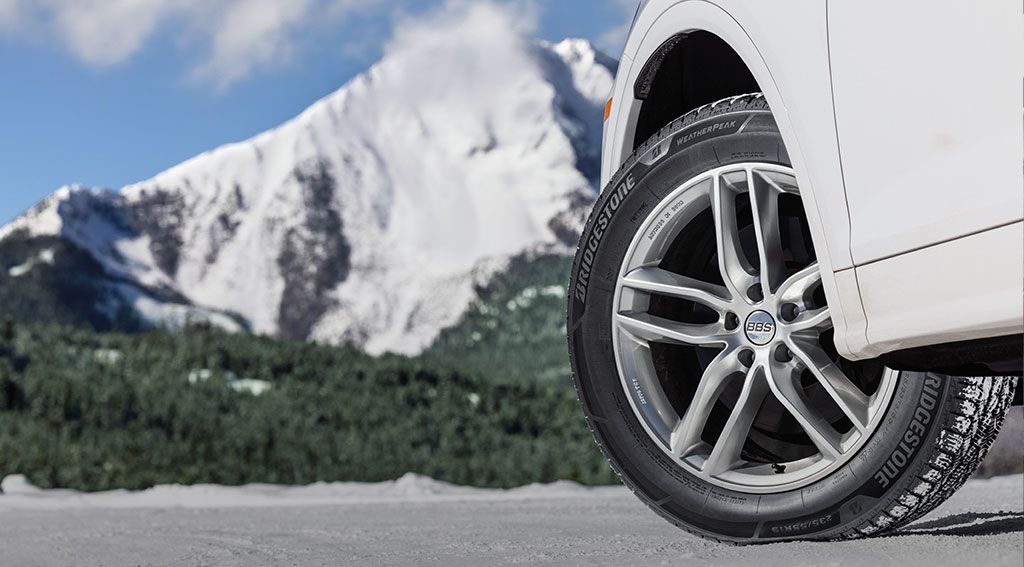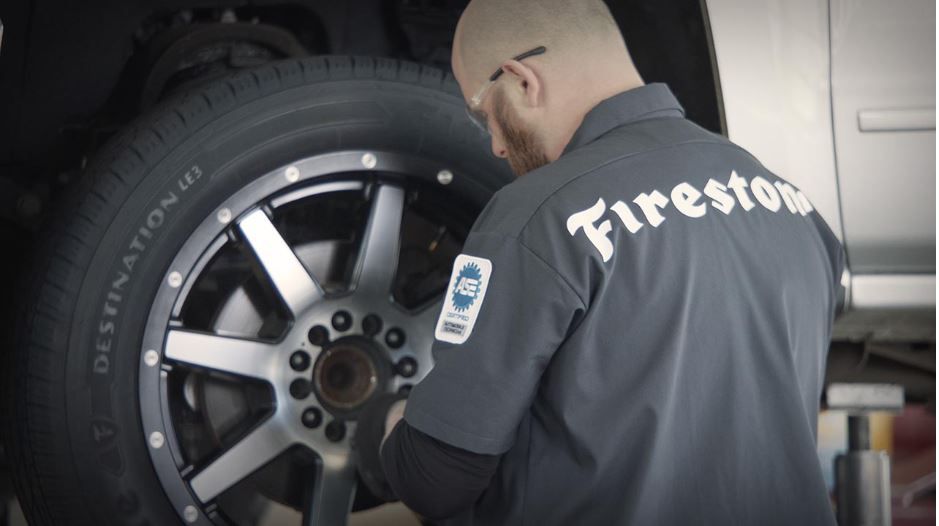
Step-by-Step Guide: How to Put On Snow Chains and Drive Safely
As winter approaches, it’s time to prepare for snowy, icy roads. This guide explains how to put snow chains on a tire, if you need snow tires or not, and more.
Read More

Tire tread refers to the grooved portion of a tire where the rubber literally meets the road. Good tire tread provides traction, allowing your car to grip the road in wet, icy and gravel conditions. Without adequate tire tread, you risk hydroplaning or losing vehicle control from the loss of traction. Make sure your vehicle is safe with the proper tire tread depth and correct tire pressure. Regular tire rotation intervals also keep the tire tread depth and wear patterns in good shape, and you will get more miles out of all four tires.
It’s necessary to have a tire tread depth of more than 2/32”. In most states, it is legally required to have a tread depth of more than 2/32”. Firestone Complete Auto Care stores offer free tire inspections that include tire tread depth measurement.
If you want to gauge your tire tread depth at home, try the penny tire test. The way to do it yourself is to use a penny to measure the tire tread. Stick a penny in the tire tread grooves. If the tire tread is at least touching Abraham Lincoln’s upside down head, the tire tread depth is at least 2/32”.
If you find your tire tread is approaching 2/32”, our Firestone Tire and Auto Service Professionals will inspect your tires for free. Visit our tire experts at your nearby Firestone Complete Auto Care store.

As winter approaches, it’s time to prepare for snowy, icy roads. This guide explains how to put snow chains on a tire, if you need snow tires or not, and more.

Are studded tires better than snow tires? How do you know what’s best for your vehicle? Discover the pros and cons of studded vs studless winter tires here.

On the track or street, tires are one of your vehicle’s most critical components for performance and safety. Here are 5 ways to know if you need new tires.